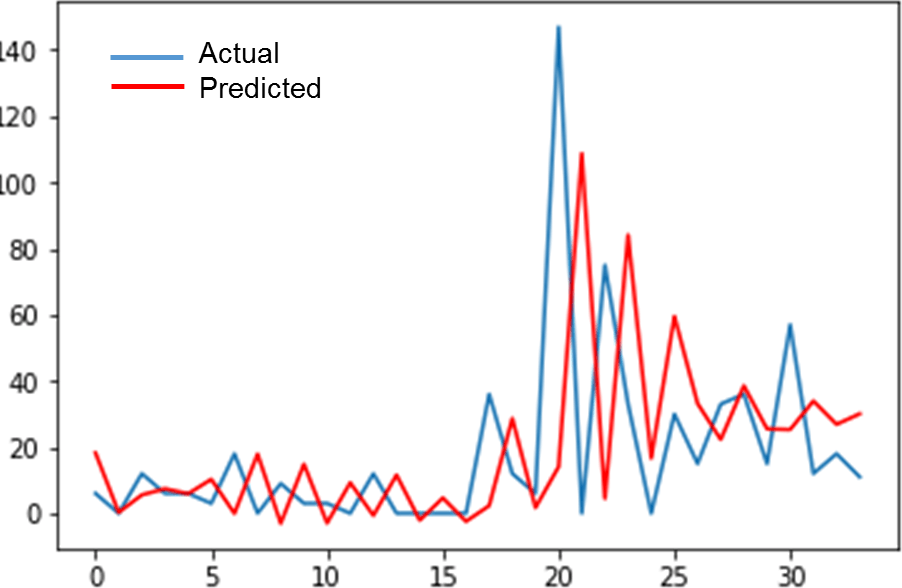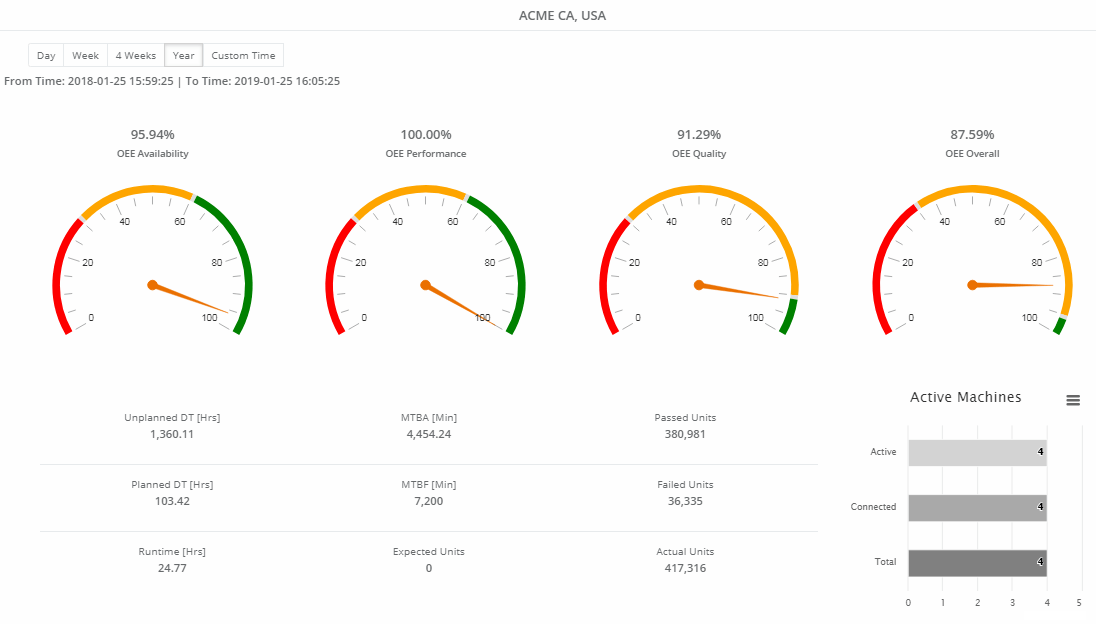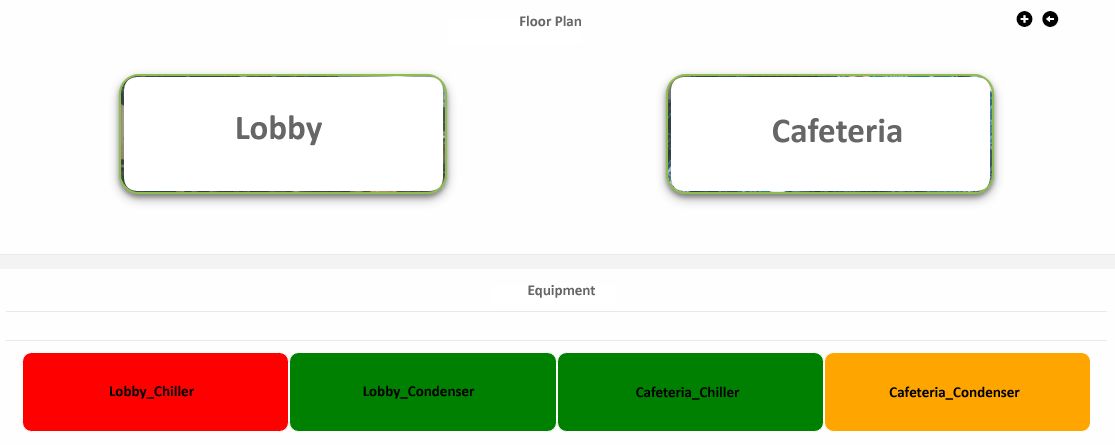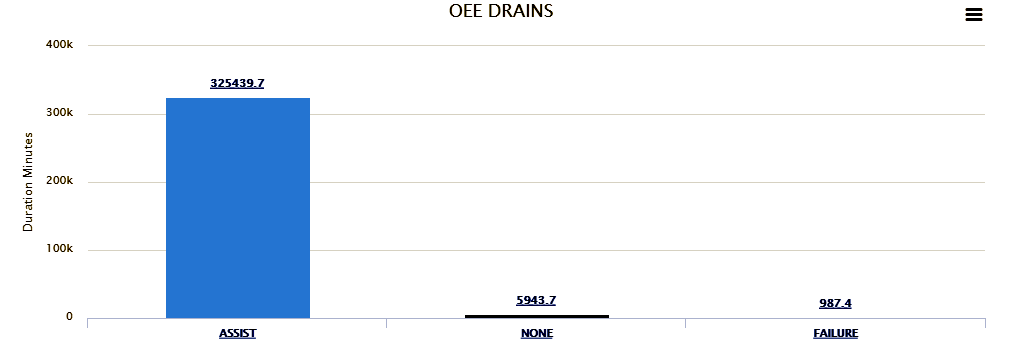How GEMBO Precare IIoT Platform Decreases OpEx and Increases Customer Satisfaction for Industrial and Commercial Use HVAC Systems
Abstract
Customers of industrial and commercial use HVAC systems place high expectations on the quality, performance and availability of these systems. They expect them to perform at configured ambient settings with little or no interruption. The same OEE KPI and predictive maintenance principles used in the manufacturing industry apply to industrial and commercial use HVAC systems. With GEMBO Precare, HVAC OEMs and their service partners can achieve significant reductions in operational expenses and see significant increases in customer satisfaction.
Negative Impacts on OPEX and Customer Satisfaction
Industrial and commercial use HVAC systems are complex systems which serve users that just want them to work at their ambient preferences without interruption. Like with any complex system any number of things can go wrong and will go wrong, no matter the level of planning and preparation. The challenge is therefore to minimize the financial and psychological cost of any malfunction or suboptimal functioning of the system. The following equipment related events negatively impact operational cost and customer satisfaction:
- Equipment breakdown.
- Equipment downtime, regardless of maintenance, repair, out of fuel or other reasons.
- Reduced power output.
What if you could minimize the probability of any of these events and hence reap the fruits of reduced OpEx and increased customer satisfaction?
The GEMBO PRECARE Solution
GEMBO Precare uses the power of data, analytics and machine learning to mitigate and minimize the impact of equipment related adverse events through the following:
- Predictive maintenance. Avoid costly unscheduled and unnecessary scheduled downtime. Instead determine when precisely to schedule maintenance.
- Catastrophic failure prevention. Avoid costly catastrophic failures, for instance by early detection of abnormal vibrations in rotating parts.
- Maintenance/repair time reduction. Avoid expensive maintenance/repair crew hours with prior knowledge of the kind of maintenance or repair and which spare parts are needed.
- Truck-roll reduction. Avoid unnecessary truck rolls by minimizing planned and unplanned downtime while simultaneously having sufficient information upfront to determine what needs maintenance and/or repair.
- Overall Equipment Effectiveness & customer satisfaction optimization. Maximize OEE and customer satisfaction by eliminating unnecessary and unplanned downtime by keeping any downtime at a minimum and by keeping customer premise equipment running at optimal performance.
Predictive Maintenance
GEMBO Precare collects failure data and uses machine learning to construct models that can accurately predict when a failure has the highest probability of happening. An example is shown below.
OEE
Just as predictive maintenance is important to optimize equipment availability and to eliminate unnecessary scheduled downtime, so is OEE. OEE is an important KPI and tool to discover events and factors that adversely affect equipment effectiveness and customer satisfaction.
OEE is expressed as OEE = availability x performance x quality. Each of these components is measured as follows:
Availability; measured in terms of the amount of time the equipment is producing during a given time window.
Performance; measured in terms of the rate at which the equipment is producing. In case of an HVAC system this can be expressed in a number of ways, including the amount of time it takes to deliver one gallon of air into the space or room for which it controls the ambient. In other words, one unit of product is equal to one gallon of released air and each space or room is the equivalent of a production line.
Quality; measured in terms of the total volume of air produced with the right ambient settings, relative to the total volume produced within a specified period of time.
GEMBO Precare not only collects all data necessary to calculate availability, performance, quality and OEE, but drills down to the cause(s) of diminished OEE. An example is shown below for an installation consisting of two chillers and two condensers serving the building lobby and the cafeteria with one pair of chiller and condenser for each space at ACME CA, USA.
At the top level the OEE KPIs are shown for the complete building. Each OEE KPI lists also the details. For instance, for the Availability KPI the hours of unplanned, planned and total run time are shown.
Since the number of unplanned downtime hours is very high, the next step is to find out which equipment is experiencing high levels of unplanned downtime. Examining the floor plan shows that the lobby chiller is in the red zone.
At the same time the bar graph below shows that the main reason for the downtime is due to number of assist hours.
Clicking on the assist bar shows that the lobby chiller contributes to nearly 100% of the assist hours.
.
GEMBO PRECARE Agents
GEMBO Precare deploys agents which can talk directly to equipment controllers over a host of different physical interfaces and protocols. The key agent features are listed below:
- Real-time data acquisition. GEMBO Precare agents collect any equipment vital data in real-time for overall equipment health analysis and trends.
- Any equipment vitals. Whichever is needed to be monitored, including abnormal power supply voltage fluctuations, unusual fan noise, abnormal vibrations caused by fan blades and other moving parts, leakages of oils, refrigerants, etc. camera images of objects obstructing fans, corrosion of critical elements, etc
- Any connectivity. Equipment vitals may be collected through sensors on GEMBO Precare agent hardware, from the equipment’s own programmable logic controllers or through a combination of both.
- Low latency. GEMBO Precare agents run on microprocessors which reside in the same location as the equipment, performing on the spot anomaly detection, complex event processing and other latency-sensitive tasks.
- Machine learning. GEMBO Precare agents stream data to the GEMBO Precare cloud platform, where machine learning models are trained for predictive maintenance..
GEMBO Precare agents connect to your choice of private, public or hybrid cloud, where the data can be used to train machine learning models, visualize KPIs and other data, issue alarms and periodic reports.
Conclusions
GEMBO Precare has a set of powerful data acquisition, analytics, predictive and OEE tools for industrial and commercial HVAC systems. GEMBO Precare gathers, analyzes and presents critical and actionable data plus key performance indicators (KPIs) before a system, subsystem or component reaches its breaking point. In addition GEMBO Precare collects important data which can significantly reduce maintenance and repair time, as well as truck rolls. HVAC OEMs and service partners using GEMBO Precare have a set of powerful tools at their fingertips to minimize OpEx and boost customer satisfaction. And last but not least, GEMBO provides flexible hosting options with your choice of private, public or private/public hybrid cloud hosting options.





